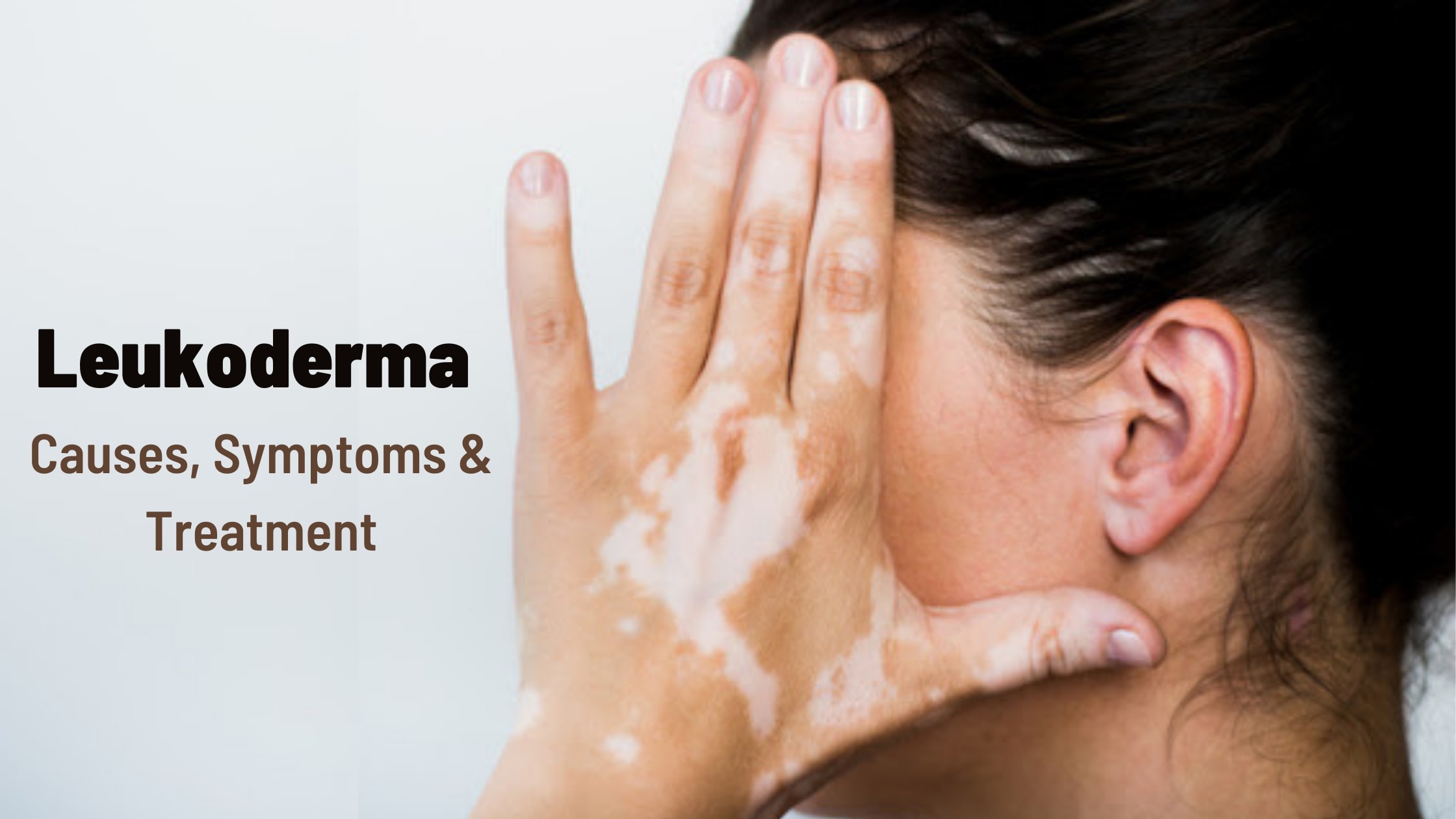

Though the exact cause for vitiligo is unknown, some theories try to explain what causes leukoderma. Even after extensive research, what triggers Luekoderma is unknown, but the following reasons are attributed as a combination of one or more factors causing the condition.
Vitiligo is not a life-threatening disease and does not spread by coming in contact with the person who has it. According to current research trends, there is no cure for vitiligo, but the condition is manageable with various vitiligo treatment options available to patients. Few among them are:
The main goal among all the treatment methods is to darken the lightened skin patches to avoid further spread of these patches. If the condition is still in its early phases, the application of cosmetics like skin tanners or makeup on the affected area remains the safest option instead of the above-mentioned methods.
Certain individuals also resort to getting tattoos to cover up the affected areas, however, this method is not very popular since the chances of triggering another patch due to allergic reactions are always on the higher side.
Also, Read Best Ayurvedic Herbs for Skin
Several home remedies help in managing leukoderma at home, however, they do not provide a complete cure. Few methods one can try at home to manage vitiligo are –
If you are diagnosed with Leukoderma, few things to always remember are-
Always consult your dermatologist or reach out to our doctors at VIMS for more details on how to manage Leucoderma. We are always around the corner to help you fight the social stigma attached to this skin condition. Remember, this is just a condition of the body and not the end of the world.

 Emergency Number
Emergency Number